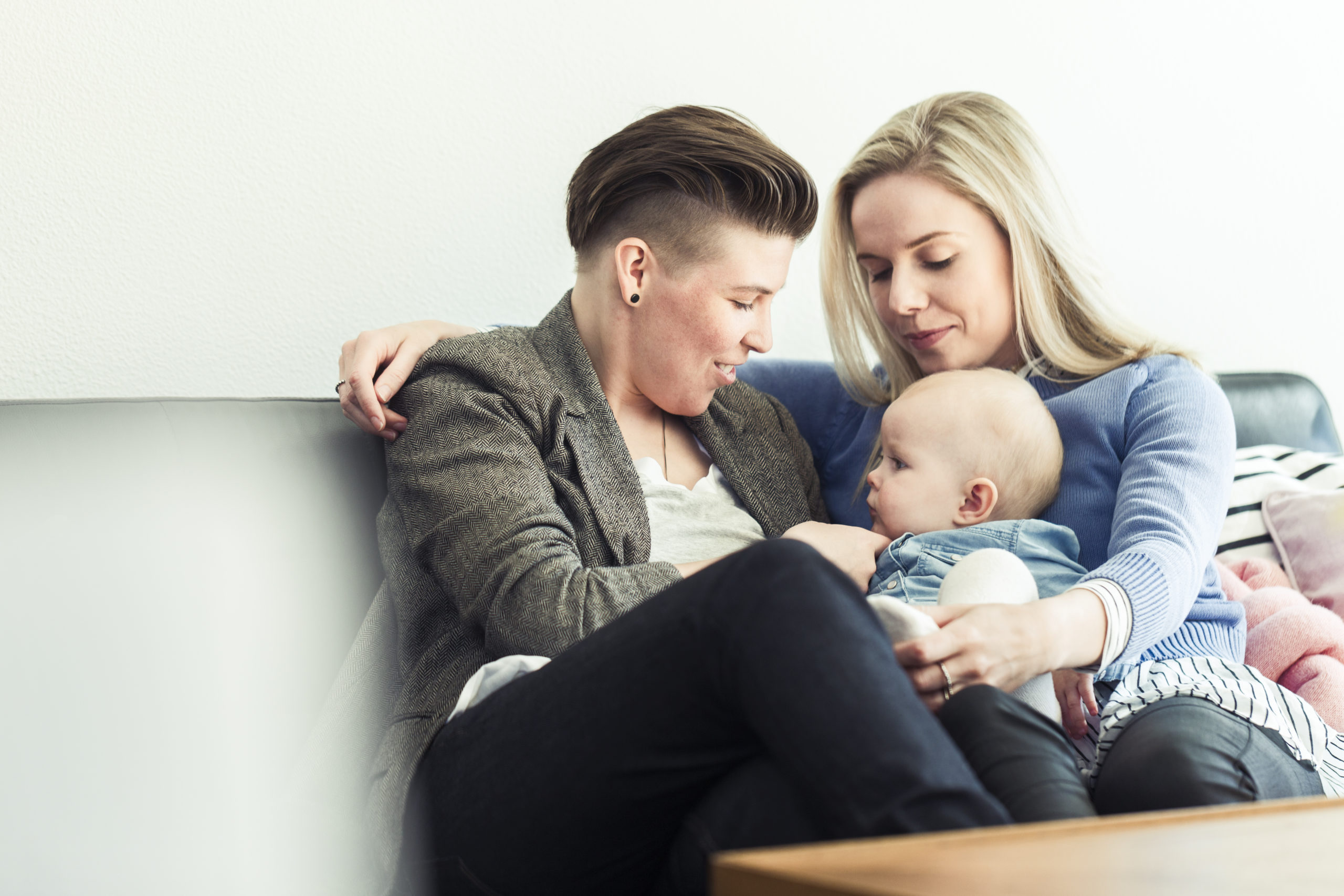What kind of foster care is right for you?
All children in foster care are unique, and it can really vary how much time their families might need to work on making things safe for them to come home. That’s why there are different types of foster care – and if you’d like to become a carer, you can decide what will work best for you and your family. We’ve put together a run-down on the types of foster care you can consider.
Emergency placements
Some children come into care and they need a safe place to live while the Department of Children investigate and assess the issue, and does intensive work with their parents, which could be for a couple of days or a couple of months. These are called emergency placements. Sometimes the Department of Children need time to assess whether there are any family members who could safely care for the children if they are unable to return home, so emergency placements with foster carers provide a place for them to stay during this time.
Often, when children are first removed from their parents and placed in to an emergency placement, we don’t have a lot of information to provide carers about them, so we need foster carers who are comfortable with a level of uncertainty, and have the patience to spend the time getting to know the children, their behaviours, their triggers and most of all, supporting them through a big change.
Primary care placements
Sometimes parents can need a bit more time to take the steps needed for reunification, so some children will need a placement for 1-2 years. During this time the Department of Children will be working with the parents towards creating a safe environment for the child to return to. The foster carer’s role is to support the foster child during this time, so that they have a safe and stable place to call home. There is never a certain timeframe for these placements – some parents may address child protection concerns and be ready for reunification more quickly than others.
Some children require a placement until they turn 18. Long-term placements are only considered after all efforts that have been made to support parents to have their children returned have been unsuccessful. Parents are given a period of two to three years to address the child protection concerns and it's only once this is unsuccessful that a long-term order is sought. This means that foster carers who are open to long-term placements must still be supportive of reunification in the early years of a placement, but also able to support a child until they are 21 if this doesn’t work out and a long-term order is granted.
Even when a child has been granted a long-term order it's still important for them to remain connected to their family. This is what makes foster care different to adoption, as foster carers must be willing to support children to have an ongoing connection with their biological families, even after a long-term order is granted. Sometimes young people might stay with their foster family even after they turn 18, and the government provides some transitional support up until they turn 19.
Respite placements
We all lead busy lives, so if you don’t want to or can’t commit to a full-time placement, you could consider respite care. Respite care provides a break for carers who have primary placements, either on a regular, planned basis or sometimes in emergency situations. This might look like a weekend respite, for instance from Friday to Sunday, where the child will come from their primary placement to spend the weekend with you. The primary carer may want to set this up once a month to give them and their family a regular break, and it allows children to build another safe and trusting relationship. Respite carers may also provide care when a primary carer is unwell or has a family emergency, including on a one-off basis if regular respite carers aren’t available.
Read Alan’s story about his experience with respite care.

So how do you know what will work for you?
When you’re starting out with your application, you'll talk to us about what you feel is the best fit for you in your foster care journey. You may start as a respite carer and then at any stage your circumstances may change and you may want to be open to providing a primary placement to a child – whatever your capacity, we will work alongside you and your family to make sure fostering fits in with your life.
Your foster care agreement will outline the types of placements that you are available for, as part of the placement matching process. When we’re matching a child to a family, we will also consider things like your circumstances, placement preferences, location, cultural background, the age of any children already in your home, and the needs of the child you will be caring for.
Read Julie’s story about her foster care journey.
For more information on foster care including inspiring foster carer stories, download our Foster Care Information Kit.
You Be You is empowered by Anglicare Southern Queensland. For over 30 years, our dedicated foster care team has been helping people just like you to make a real difference to the lives of kids in foster care.

